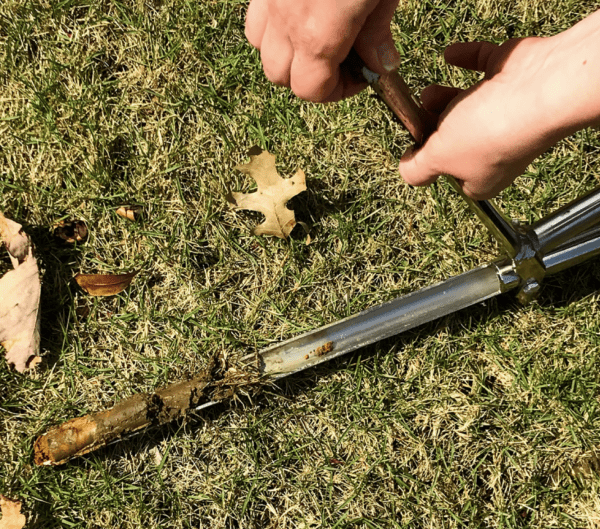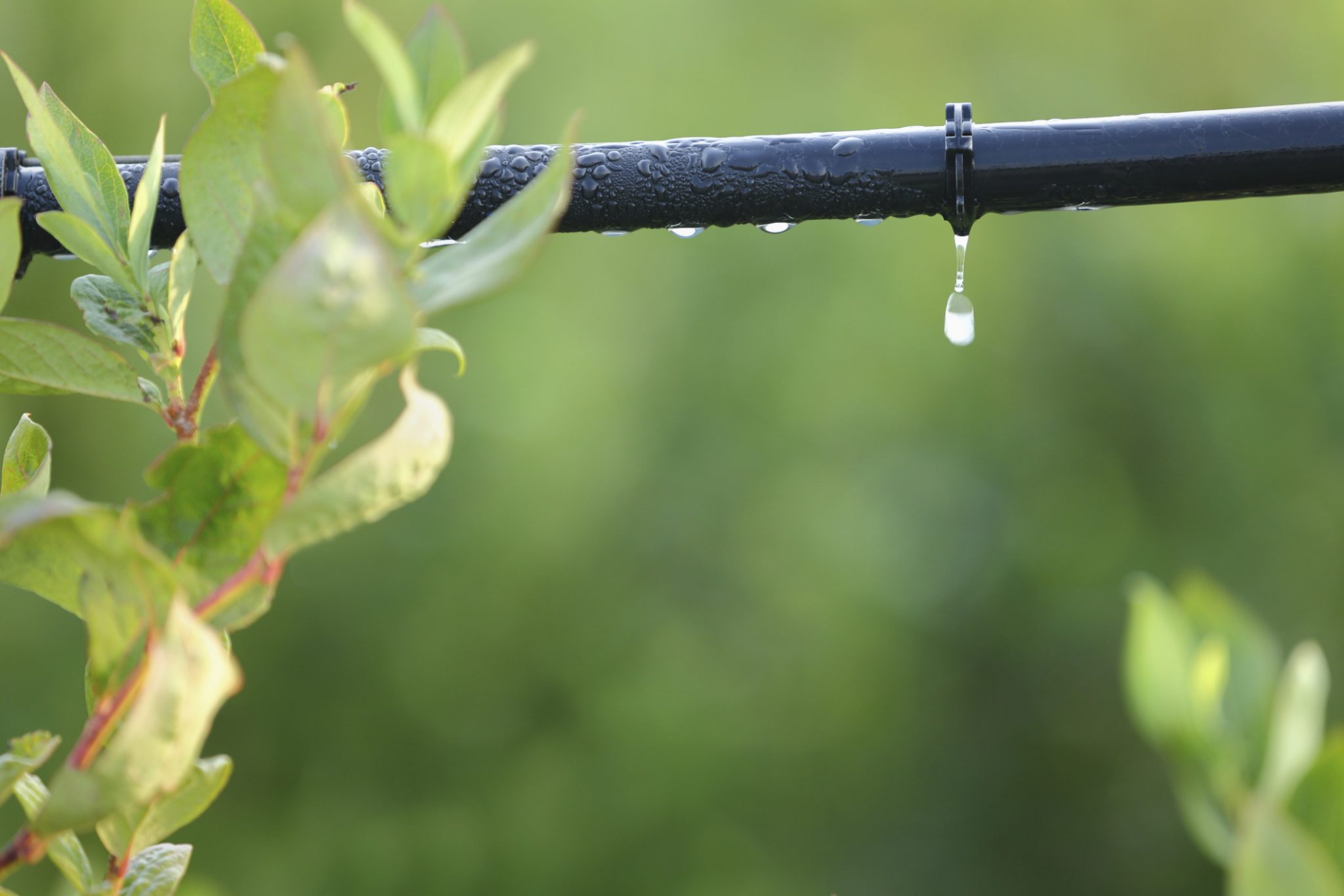Landscaping

As with any system it is important to avoid runoff when irrigating or watering. Proper irrigation installation and design will ensure that each plant receives sufficient water.
- Reduce the need for watering. Choose water-efficient and drought-tolerant plants, including those native to your site, and plant them in the right place. If you group plants according to their water (and light) needs (called a hydrozone), you can simplify watering methods and systems. For example, turf areas and shrub areas should always be separated into different hydrozones.
- Install a rain shutoff device or soil moisture sensor. If you have an automatic sprinkler system, install a device or sensor) that will override the system when it rains or when the soil reaches a preset moisture level. Your county Extension office, the Natural Resources Conservation Service (www.nrcs.usda.gov) or a certified irrigation professional can provide technical assistance.
- Water in the early morning (4 a.m. to 7 a.m.). This is the most efficient time because temperature and wind speeds are at their lowest, which reduces evaporation and, more importantly, drift. Grasses also are less susceptible to fungal problems if water is applied at the time that dew normally forms.
- Avoid watering between 10 a.m. and 4 p.m. Temperature and wind speeds are at their highest during this time, so water waste is more likely.
- Follow a simple watering schedule for grass. Apply 1⁄2 to 3⁄4 inch of water when grass shows signs of distress (bluish gray color/folded leaf blades). Do not water again until symptoms reappear. If rain is predicted within the next 24 hours, delay watering. Experiment with gradual reductions in your watering times and frequencies to see if plants can tolerate less water. Little or no supplemental water is required in cooler months (November to March).
- Calibrate your sprinkler system. The sprinkler system should operate properly and apply uniform coverage. Sprinkler calibration is one of the most effective ways to conserve water in an irrigation system. Check your system periodically for broken heads or leaks. Use a rain gauge to measure rainfall amounts.
Soil Moisture

Soil Coring Tool
If the soil in your yard appears dry, that does not mean the root zone is dry. A soil-coring tool pulls up a soil sample that allows you to see and feel the moisture in a plant’s root zone. A soil core also reveals whether you are watering so much that water is wasted below the root zone. Using a soil corer can help you to judge when to water.

